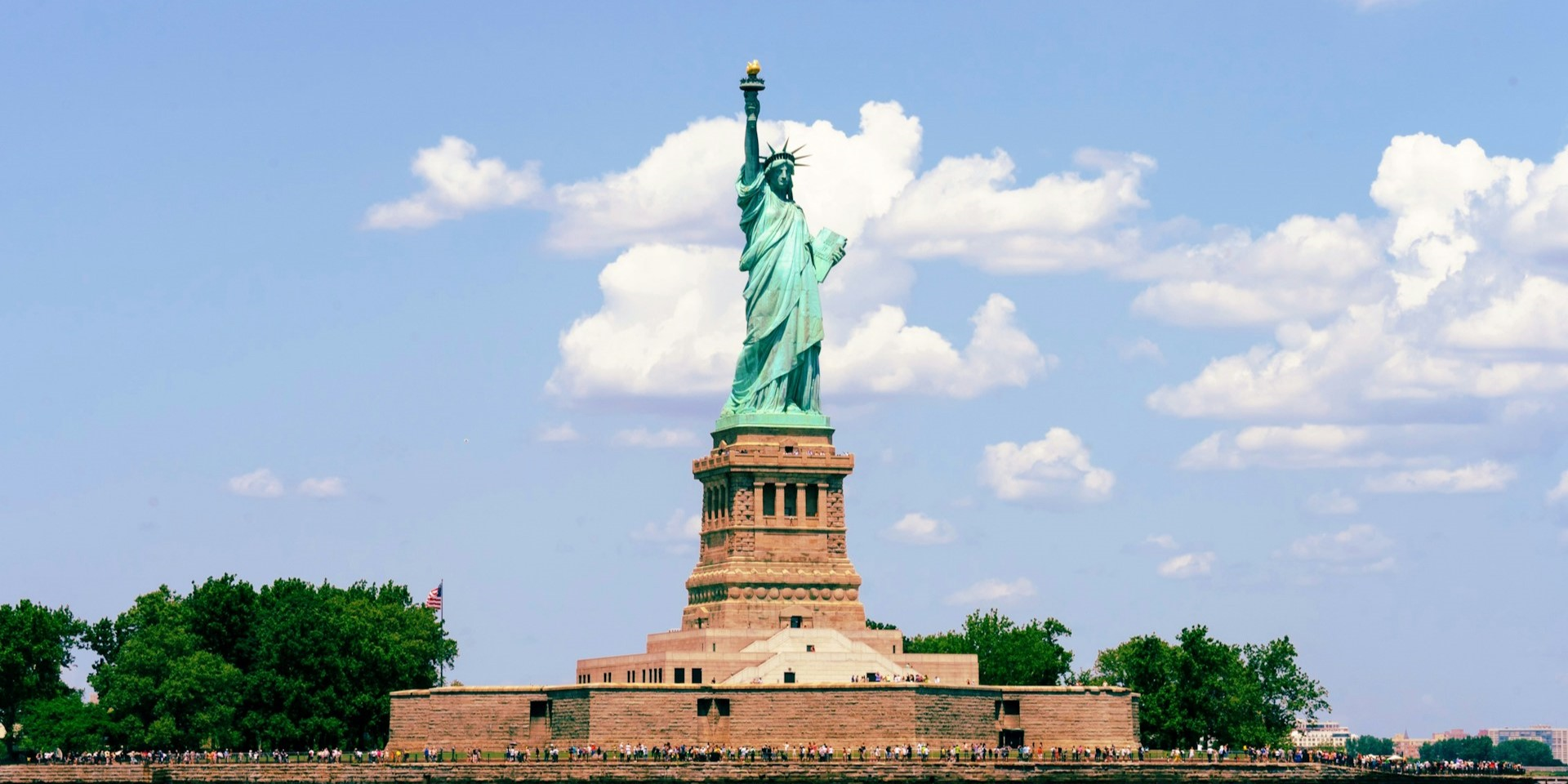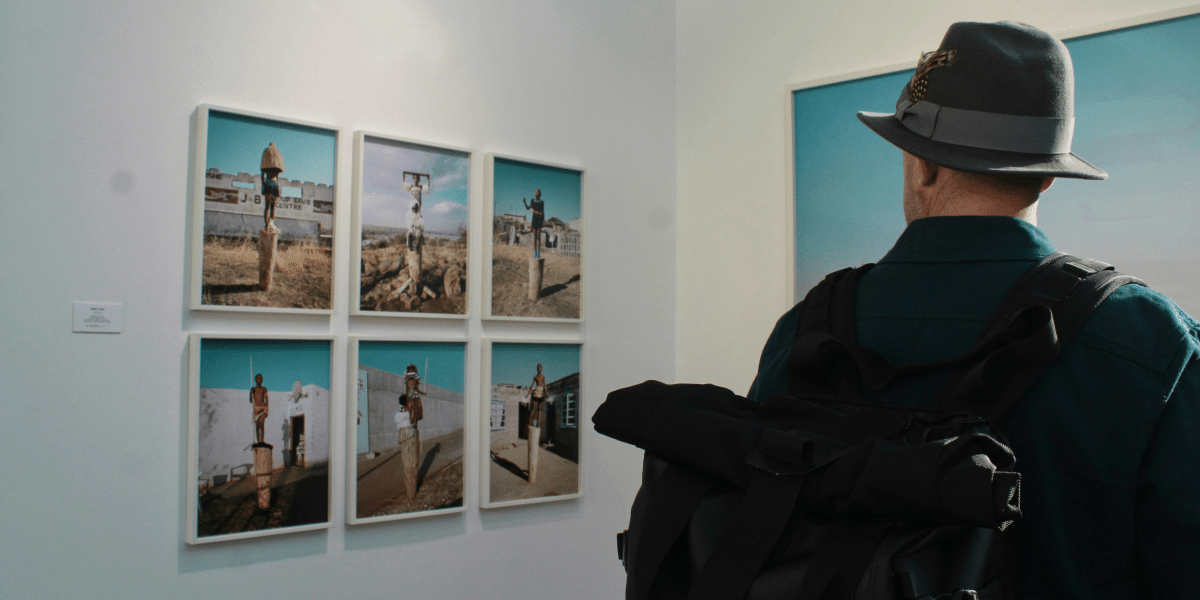What Defines Modern Transportation as a Masterpiece?
Across continents and cultures, modern transportation stands as a reflection of human creativity, precision, and the drive for efficiency. Whether it’s a high-speed train weaving through landscapes or a smart transit system easing congestion in a crowded city, these innovations showcase what is possible when engineering, technology, and urban planning work in harmony. But what exactly turns a mode of modern transportation into a masterpiece?
Read Also: The Transformative Impact of Automation and AI
How Has Modern Transportation Evolved in Design and Function?
Transportation has always played a vital role in shaping economies and communities. In the past, the journey was defined by how long it would take and how physically demanding it might be. Today, the narrative has shifted. Speed, sustainability, and user experience now dominate the discussion around modern transportation.
Take, for instance, the magnetic levitation trains in East Asia. These vehicles do more than move passengers at impressive speeds—they symbolize decades of technological advancement. In cities like Tokyo and Shanghai, passengers now travel hundreds of kilometers in under two hours, while enjoying smooth rides and enhanced safety.
Modern transportation systems also focus on minimizing environmental impact. Electric buses, energy-efficient rail systems, and cycling infrastructure are not just responses to climate challenges—they represent a broader cultural shift toward responsible mobility.
What Makes Infrastructure a Key Part of Transportation Innovation?
Behind every efficient transit system lies an equally complex and well-planned infrastructure. Whether it’s the integration of smart traffic signals in a European capital or the development of multimodal hubs in North America, infrastructure forms the unseen yet essential backbone of modern transportation.
One notable example is the seamless integration of trains, buses, bicycles, and pedestrian routes in Scandinavian countries. This approach doesn’t just ease movement; it enhances quality of life. Users experience fewer delays, better accessibility, and increased comfort. The thought put into infrastructure planning is what separates average systems from those that are considered modern transportation masterpieces.
Airports have also become architectural and logistical marvels. Modern hubs are not just points of departure and arrival—they are destinations in themselves. With automated check-in systems, baggage tracking technologies, and environmentally-conscious designs, they reflect a new era of air travel shaped by both function and form.
How Is Technology Transforming Modern Transportation?
Technology is at the core of modern transportation. From predictive maintenance systems to real-time route optimization, digital tools are redefining how transport operates. In many urban centers, travelers now rely on mobile apps for accurate scheduling, fare payments, and service alerts.
Autonomous vehicles, once the subject of science fiction, are increasingly part of the present landscape. Trials of self-driving shuttles in select cities reveal the potential for safer and more efficient urban mobility. While widespread adoption is still unfolding, the groundwork is being laid by continuous software development and infrastructure upgrades.
In aviation, artificial intelligence is optimizing flight paths, reducing delays, and even assisting in the cockpit. Smart sensors monitor aircraft systems in real time, allowing engineers to address issues before they become serious. This proactive approach enhances safety and reliability, key markers of a transportation system that aspires to be a modern masterpiece.
What Is the Human Experience in Modern Transportation?
Beyond the mechanics and code lies a more human dimension—comfort, accessibility, and equity. Modern transportation is not simply about moving people efficiently; it’s about doing so with empathy and foresight.
Universal design principles are being implemented to make stations, platforms, and vehicles accessible to everyone, regardless of age or physical ability. Quiet cars on trains, better air quality in buses, and intuitive navigation in metro systems show that passenger well-being is no longer an afterthought—it’s a primary consideration.
In cities such as Singapore and Seoul, the emphasis on cleanliness, punctuality, and customer service elevates daily commuting into a nearly seamless experience. These attributes are what transform functional networks into admired examples of modern transportation done right.
How Do Cultural Values Shape Transportation Masterpieces?
Every great system reflects the culture it serves. In Germany, efficiency and engineering precision drive the development of railway networks. In the Netherlands, environmental values inform a cycling infrastructure that serves people of all ages. In the United Arab Emirates, ambition and innovation result in futuristic transit concepts, like autonomous taxis and hyperloop testing grounds.
These systems are not interchangeable—they are shaped by the values, geography, and history of their surroundings. That cultural imprint is what gives each modern transportation solution its uniqueness. When a system aligns with the needs and identity of its users, it becomes more than infrastructure. It becomes a source of civic pride.
Read Also: How Businesses Can Master Mergers and Acquisitions
What Future Trends Are Redefining Modern Transportation?
Looking toward the future, modern transportation is poised to enter a new phase of innovation. Electrification will continue to grow, supported by expanding infrastructure like charging stations and battery swaps. Urban air mobility, including drone taxis and vertical takeoff aircraft, is progressing from concept to prototype.
Data will remain central, helping cities forecast demand, prevent congestion, and tailor services to changing populations. What sets future transportation apart is not just how fast it moves people, but how intelligently it adapts to evolving realities. The true masterpieces of tomorrow will likely be those that merge sustainability, adaptability, and human-centered design.








